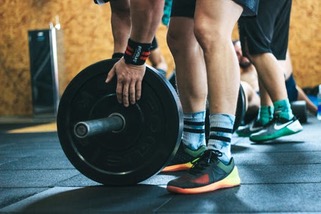by Coach Aaron Hyatt
With so many choices out there, sometimes it’s hard to determine what type of shoe gives you the biggest bang for your buck in your workouts – especially if you don’t want to invest in, or carry around, multiple pairs.
 Running shoes typically have almost an inch of foam, gel, or both, that separate your foot from the ground; Lifting shoes usually have about an inch of rise at the heel that is made from a very hard plastic or even wood. In CrossFit, we both lift and run…and jump, climb ropes, throw ourselves on the floor, and more. In the gym, unless you want to be changing shoes for every part of your training session, for most folks, it’s best to look for one that can accomodate you no matter what your workout calls for that day.
Running shoes typically have almost an inch of foam, gel, or both, that separate your foot from the ground; Lifting shoes usually have about an inch of rise at the heel that is made from a very hard plastic or even wood. In CrossFit, we both lift and run…and jump, climb ropes, throw ourselves on the floor, and more. In the gym, unless you want to be changing shoes for every part of your training session, for most folks, it’s best to look for one that can accomodate you no matter what your workout calls for that day.
Stability for lifting is one of those accommodations. A flat platform and a firm-rubber heel give you a stable base for your workouts. Let’s say you’re going for a new one rep max Snatch; would you want to use a shoe where the distribution of weight constantly shifts because your shoe is built more like a mattress than a shoe? NO. You want a shoe that glues your foot to the ground and feels stable no matter the load you’re carrying, squatting, etc.
Flexibility in the forefoot is an important feature because it allows you to perform running and jumping movements more naturally. If you’ve ever tried running in lifting shoes, you know that it 1) doesn’t promote a natural running pattern; 2) causes you to run much slower; and 3) can incur foot, knee and lower back pain.
Lightweight shoes are important in our sport because we are already moving loads over the course of workouts, why add more to our feet, making them slow and clumsy when we are trying to be quick and smooth?
Lateral support is maybe one of the more overlooked features in a workout shoe. We create torque from our hips in CrossFit. The result of creating this torque drives our knees out, and also shifts the weight onto the outside “heel” of the foot. And for most of us, any workout with a 400 meter run means you’re taking corners around the block pretty quickly. If you’re wearing a shoe that does not have lateral support, your foot will literally push out over the sole, similar to a muffin top or you may even slide as you take that corner which can potentially cause ankle or knee injuries. Shoes with lateral support typically have some sort of outer “cage” or wire in the center of the shoe, keeping the foot over the sole of the shoe.
Durability should be a huge factor in your purchase decision. Shoes are expensive so it’s best to not have to purchase a new pair every month because the toe boxes are busted out from running and jumping or due to the rope shredding the soles. And if you are wearing them for a majority of your training then they are going to see a lot of wear and tear. Look for reinforcement in high-wear areas like the instep or outside edge. Rubber in the midfoot area – versus regular shoe material – will help reduce wear and tear.
The Final Test
Before you make a purchase, do a few air squats in your shoes, creating that torque we’re talking about and make sure you foot isn’t hanging over the side. Run in them – many shoe stores have a treadmill available for this very purpose. Jump around a bit. You might look a little crazy but you’d be even MORE crazy not to test them out and then get to your training session to discover that they can’t support the movements you need to perform.
